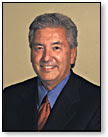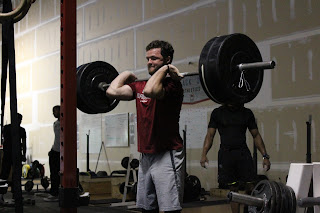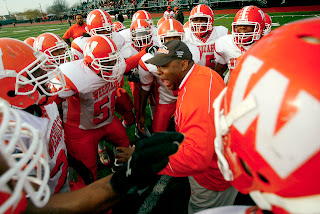Dr. Don Chu & Jump Training for Youth

1. Hi Dr. Don. Good to have you hear to do this interview. Could you tell us what made you interested in the youth fitness industry? What is your background?
I have always had an interest in athletic performance. Obviously this has a “trickle down” effect to the level of youth fitness. The current trend to eliminate physical education in the school curriculums has placed an even bigger need for fitness among today’s youth.
2. Let’s jump right into the hot topics. What is your approach to plyometric training with younger athletes? What do you feel absolutely must be included to create a better youth athlete?
My approach to plyometrics for younger athletes is that they are a part of the “Triad of Fitness” that needs to be addressed when working with youth. Namely, the three parts of the Triad are Strength, Speed and Agility. Plyometrics should be a natural part of youth development and they will involve themselves in these types of activities until an adult tells them to sit down and be still. The emphasis on training for the Triad is to balance the skill training with FUN!
3. What do you say to parents that think that plyometric training will stunt their kid’s growth or damage their joints?
I don’t call our training programs for youth “plyometrics”. If I do, I have to spend a long time explaining what we are doing. We train using ‘jumps’ and ‘agility’ exercises. The kids don’t care what the exercises are called and this way parents can relate more easily.
4. What are the most common mistakes that people make when training youth athletes with jump drills?
The most common mistake is to think that they are little adults. Volume and intensity of the drills need to be reduced and the ‘quality’ of movement emphasized. Neuromuscular Learning is a large component of training utilizing plyometrics so the young athlete must be allowed to practice, and comprehend and mentally digest what they are trying to do during the activity.
5. Some people believe that their kids are either born fast or slow. What are your thoughts?
They are correct to a large extent. If you are the recipient of poor genetic material in terms of movement speed you are going to be limited. However, everyone has a certain potential and few of us ever reach our given potential. It is worth it to attempt to develop and strive for the limits, whatever they might be.
6. When in the workout should plyometric drills be included in the workout?
I am still a believer that most plyometric activity should be done early in the workout, particularly for beginners. Once they become more developed and understand the nature of their training they can do more challenging things like ‘complex training’, etc.
7. Do you feel that plyometric drills have to be included in a program to achieve results?
Not at all, there are certain situations or sports where everything you do is plyometric, i.e. gymnastics. These athletes do not need to pound their body even more with plyometric drills. There are athletes who have great gifts for speed and jumping ability without doing anything, these athletes need to emphasize strength development.
8. How do you determine if a youth athlete is ready to use plyometrics? Are their certain indicators that we should look for?
I think the biggest factor is the young person’s ability to comprehend what they are told. Will they focus long enough to take instruction and understand what they are being instructed on. You also have to figure out what kind of learner they are. Some youngsters can imitate what they see but don’t do well with verbal instruction. Taking advantage of the manner in which a youngster learns is paramount to their desire to participate.
9. How can someone make significant gains without ever stepping into a weight room with a youth athlete?
When youngsters begin training programs they can benefit tremendously from using body weight exercises; lighter weight implements such as medicine balls and functional movement activities much more than being in a weight room. Before physical maturity (pre-adolescence) and without the hormone levels the weight room doesn’t really make that much sense. Early development of athletic ability requires a large base of experiences even in physical training.
10. Who in the Industry has influenced the way that you train?
I have been influenced by a number of specific individuals; Yuri Veroshanski (former National Jumps Coach of the Soviet Union); Tudor Bompa (formerly of Romania and now Canada); Jim Councilman (former Swim Coach, USA) and Darryl Rogers (former college and NFL football coach) who was so far ahead of his time and didn’t even realize it. Al Vermeil and I have been close friends and constantly discussed training techniques throughout the course of our careers and I have never known anyone more knowledgeable, nor more devoted to training methodology than Al.
11. Thanks for doing this interview and where can we learn more about you. What projects are you currently working on?
I am continuing to lecture and speak on Plyometric training and have continued to learn new things. I am working on the 3rd edition of Jumping into Plyometrics and am trying to add information on injury prevention and training for all sports.




Comments
Post a Comment